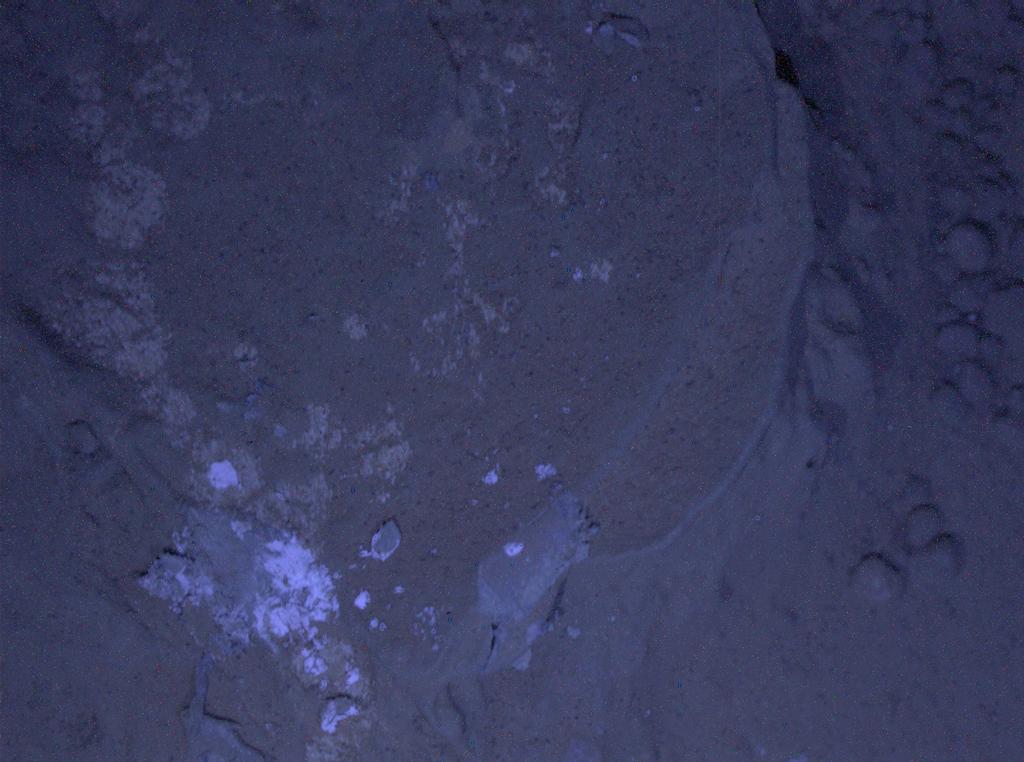The rational and irrational numbers form the reals, which collectively describe any point on the one-dimensional line and the manipulation of these quantities includes all of one-dimensional geometry. Similarly, taking the square root of a negative number brings about the introduction of i and the imaginary numbers (the basic description of which can be found here). Combining these with the real numbers, the complex numbers are formed, and operations on such numbers can be used to describe two-dimensional mappings of the plane. In fact, the general 2-manifold can be treated as having complex coordinates.
It follows naturally that one would next wonder whether a similar system for three dimensions exists. This same question was pondered by the mathematician William Hamilton in during the mid-19th century. He failed to invent a three-dimensional system that satisfied certain necessary constraints, including a way to multiply consistently, (a feat that is now known to be impossible) but created a similar four-dimensional system. Rather than "stumbling upon" a new number system through the application of simple operations to known numbers, (division of integers, square roots of negative, etc.) Hamilton simply defined two quantities, in addition to 1 and i, known as j and k. These new numbers were to be connected through the famous Brougham Bridge Equations,
i2=j2=k2=ijk=-1
The general quaternion is simply an arbitrary addition of multiples of the identity, 1, i, j, and k, namely a number of the form a+bi+cj+dk, where a, b, c, and d are real numbers (note that this is the same form as a complex number (a+bi).
Quaternions, like the complex numbers, follow certain rules that make them a consistent group. For any quaternions a, b, and c, the following axioms are satisfied, and can be verified through simple real number multiplications and additions. Among these axioms are the associativity of addition and multiplication,
a+(b+c) = (a+b)+c,
a(bc) = (ab)c,
the identity formulae of addition and multiplication,
a+0 = 0+a = a,
a1 = 1a = a,
and each quaternion a ≠ 0 has a unique inverse a*, such that
(a)(a*) = (a*)(a) = 1
The above equations qualify quaternions as a group† . In addition, quaternion addition is commutative, i.e. a+b = b+a. However, quaternion multiplication is not commutative, and in general ab ≠ ba. This fact, which is taken as obvious in arithmetic, may seem to make the quaternions unusable in application. Nevertheless, there is a redeeming factor, namely that the multiplication of quaternion basis elements is a special type of non-commutative: anti-commutative, this meaning that ab = -ba. Note that this does NOT generalize to all quaternions, ab is equal to -ba only when a and b are i, j, or k.
†The term group in this context, and in later appearances, is a slightly more casual and abstract use than the strict mathematical group, which requires a more rigorous proof. The above identities outline the framework of a group, together with the proviso that operations on elements of the quaternions (in this case addition and multiplication) produce only other quaternions. Assuming that the coefficients of 1, i, j, and k can vary over all real numbers, this is clearly satisfied.
The multiplication of quaternion basis elements is also cyclic, meaning that the product of any pair among i, j, and k will produce the third (or its negative). The six resulting identities are
ij = k
ji = -k
jk = i
kj = -i
ki = j
and
ik = -j
The reader may be curious as to how these mysterious abstract quantities define four-dimensional geometry. To those familiar with elementary vector algebra, the use of i, j, and k may recall that they seem eerily similar to the unit vectors i, j, and k, which point along the x-, y-, and z-axes, respectively.

An illustration of the unit vectors i, j, and k and their positions in relation to the Cartesian three-dimensional coordinate axes.
This is no coincidence. In fact, the quaternions are most commonly used in relation to rotations in three-dimensional space, rather than coordinates in four. There is a connection here to the complex numbers, in which multiplication by i represents a 90º counterclockwise rotation. In quaternion geometry, each of the basis elements stands for a rotation in three-dimensional space, keeping the axis on which the element is oriented still. For example, the quaternion j represents a rotation keeping the y-axis constant. However, for i, j, and k, the degree of rotation is 180º, rather than 90º as in complex numbers.
An easy way to visualize such rotations is to visually manipulate a three-dimensional object, specifically something in the shape of a rectangular prism. A commonly used example is a closed book. Start with the cover facing up, and the text oriented right side-up. The x-axis of the three-dimensional cartesian coordinate plane passes through the center of the book from increasing from left to right. Similarly, the y-axis passes through the center, increasing as it moves away from you. Finally, the z-axis pierces the back cover of the book, travels through the center, and then continues upward out of the center of the front cover. If you are having trouble visualizing this, simply try to superimpose the three-dimensional coordinate plane above on the book.
The rotation i is equivalent to rotating the book 180º about the x-axis and ending with the back cover facing upward, but the text, upside-down, in front of you. Similarly, j flips the book onto the back cover, though with text facing right side-up, and the k simply rotates the book through 180º without flipping it, resulting in the front cover, except with the text upside-down. Further experimentation confirms the identity ij=k and others. However, the difference between ji and ij (the first yielding -k, rather than k) is unclear in 3-space. To understand why this is, a type of quantities known as spinors must be considered, see here.
Sources: Road to Reality by Roger Penrose Chapter 11,
http://programmedlessons.org/VectorLessons/vch12/vch12_10.html.












